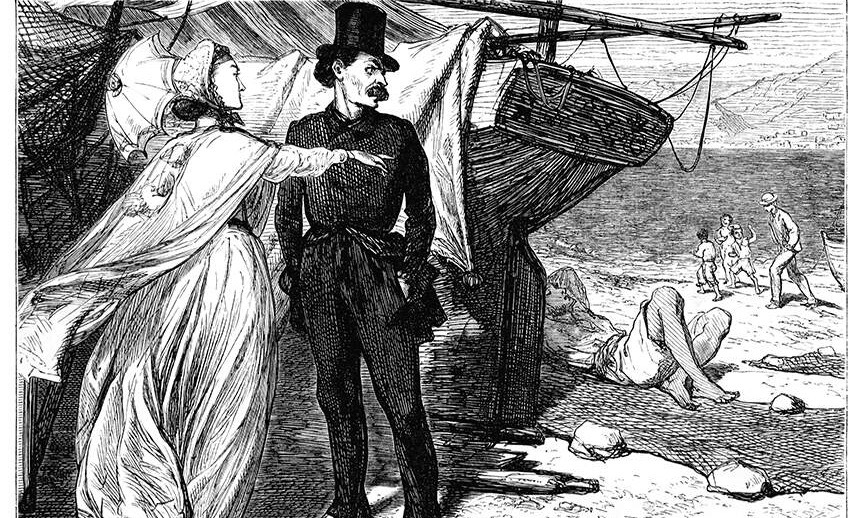Children are fascinated by the works of art within the public domain
Great works of art, which are already within the public domain, which means that their copyright protection has already expired, are being recreated by Thaïs Vanderheyden. In this way, art is brought closer to children who are fascinated by her works of art.
The interactive exhibition entitled Great Art for Great Kids in Brussels takes the visitor through the history of fine art and draws attention to various artistic movements and individual artists. Everything from the Van Eyck brothers and Michelangelo to Mondrian, Mark Rothko and Keith Haring.
Belgian illustrator and author of children’s books Thaïs Vanderheyden has been teaching children about great art for some time now through a book series, by creating her own versions of famous paintings. She has recreated famous works of art into beautiful youth versions that excite the imagination of art lovers.
Her recreations would be illegal if the original works were not already within the public domain, which means that the copyright protection has expired, so the works are allowed to be freely used without the consent of the copyright holder of the original work.
On December 3, 2024, the “Knowledge Rights 21 Regional Alliance – Network of Librarians and Copyright Experts from Central and Southeastern Europe”, was officially established at a meeting hosted at the Four Points by Sheraton Ljubljana Hotel. The event was organized by Open Data and Intellectual Property Institute ODIPI and chaired by Dr. Maja Bogataj Jančič.
Recordings and presentations from all speakers at the ERA KR21 Conference Slovenia are now available on the subpage “Recordings and PPTs of Presentations by Speakers”.
Open Data and Intellectual Property Institute ODIPI invites you to a discussion organized by the European Commission Representation in Slovenia titled “Democracy in the Grip of Disinformation: What Can the EU Do?”. The event will take place on Friday, December 13, 2024, from 11:00 to 12:30 at the House of the EU in Ljubljana, Slovenia and online.
Open Data and Intellectual Property Institute ODIPI organized the ERA KR21 Conference Slovenia on December 2, 2024, with the support of the Ministry of Higher Education, Science, and Innovation of the Republic of Slovenia and the Knowledge Rights 21 (KR21) program. The Conference focused on addressing the most pressing issues in copyright regulation in the fields of science and Open Science within the European Union (EU), with particular emphasis on barriers and incentives for Open Science in copyright law. The event represented the contribution of the Government of the Republic of Slovenia to implementing European Research Area (ERA) Policy Agenda Action 2, which focuses on creating a supportive EU legislative framework for copyright and data governance.





